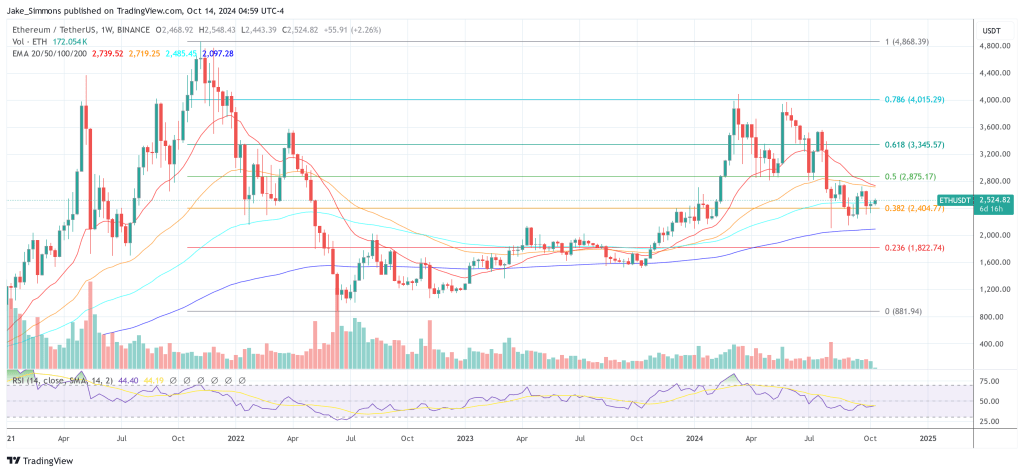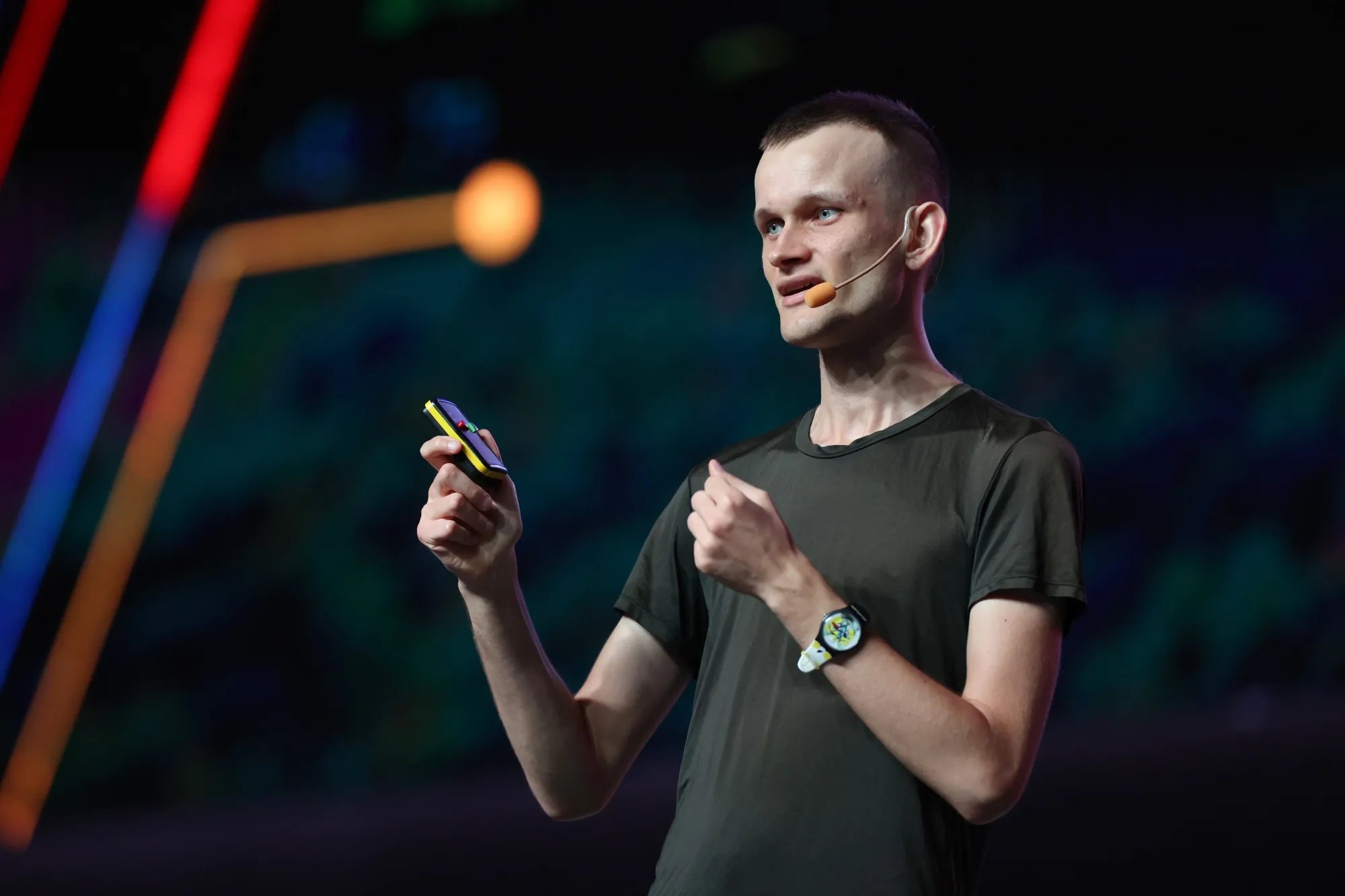In a weblog post launched on October 14, Ethereum co-founder Vitalik Buterin outlined potential future enhancements for the Ethereum protocol, specializing in technical enhancements to its proof-of-stake (PoS) system. Titled “Potential futures of the Ethereum protocol, half 1: The Merge,” the submit delves into methods to enhance stability, efficiency, and accessibility whereas addressing centralization dangers.
First, Buterin displays on Ethereum’s profitable transition from proof-of-work to proof-of-stake aka “The Merge” almost two years in the past, noting that “this proof of stake has carried out remarkably effectively in stability, efficiency and avoiding centralization dangers.” Nevertheless, he emphasised that “there nonetheless stay some vital areas wherein proof of stake wants to enhance.”
Future Enhancements For Ethereum
One of many main focuses of the submit is reaching single slot finality and lowering the minimal staking requirement to democratize participation within the community. At present, it takes 2-3 epochs (roughly quarter-hour) to finalize a block, and a minimum of 32 ETH is required to change into a validator. Buterin highlights the battle between minimizing the staking requirement, lowering finality time, and minimizing node overhead.
“As we speak, it takes 2-3 epochs (~15 min) to finalize a block, and 32 ETH is required to be a staker,” he wrote. He recognized the targets of finalizing blocks in a single slot and permitting validators to stake with as little as 1 ETH. “Ballot after ballot repeatedly present that the principle issue stopping extra folks from solo staking is the 32 ETH minimal,” Buterin notes.
To deal with these challenges, he discusses a number of approaches. One entails implementing higher signature aggregation protocols, doubtlessly utilizing zero-knowledge proofs (ZK-SNARKs), to course of signatures from hundreds of thousands of validators in every slot. One other strategy is the introduction of Orbit Committees, a mechanism the place a randomly chosen medium-sized committee finalizes the chain whereas preserving the cost-of-attack properties. “Orbit takes benefit of pre-existing heterogeneity in validator deposit sizes to get as a lot financial finality as attainable, whereas nonetheless giving small validators a proportionate position,” he explains.
Buterin additionally considers making a two-tiered staking system with completely different deposit necessities, the place solely the higher-deposit tier is straight concerned in offering financial finality. He acknowledges that “the dangers rely closely on the particular rights that the decrease staking tier will get,” and that sure designs may result in centralization.
Addressing safety vulnerabilities associated to Denial-of-Service (DoS) assaults on identified validators, Buterin proposes the implementation of Single Secret Chief Election (SSLE) protocols. “One of the best ways to repair the DoS problem is to cover the details about which validator goes to supply the following block, at the very least till the second when the block is definitely produced,” he states.
SSLE protocols use cryptographic methods to create “blinded” validator IDs, making certain that solely the proprietor of a blinded ID can generate a legitimate proof to suggest a block with out others realizing their identification. Nevertheless, Buterin acknowledges the challenges: “We extremely worth Ethereum being a fairly easy protocol, and we don’t want complexity to extend additional. SSLE implementations that we’ve seen add a whole bunch of traces of spec code, and introduce new assumptions in sophisticated cryptography.”
He additionally explored strategies to scale back Ethereum’s transaction affirmation time from the present 12 seconds to as little as 4 seconds, emphasizing the worth of reducing affirmation instances for enhancing person expertise and aiding decentralized Layer 2 solutions. Methods embody lowering slot instances and permitting proposers to publish pre-confirmations over the course of a slot. Nevertheless, Buterin cautions about potential centralization dangers and the necessity for correct incentives, noting that “if we add an attester-proposer separation mechanism, then execution blocks won’t want SSLE, as a result of we may depend on block builders being specialised.”
Buterin additionally touches on further crucial areas, together with 51% attack recovery. He means that whereas full automation is not possible, “we will obtain partial automation […] making certain that the dangerous guys in an assault at the very least can’t get a fast clear victory.” He additionally considers rising the quorum threshold for block finalization from 67% to 80% to boost safety, arguing that “this appears a a lot more healthy state of affairs than ‘the incorrect aspect’ getting an prompt victory.”
Concluding his weblog submit, Buterin warns of the significance to organize for the potential menace of quantum computer systems able to breaking present cryptographic programs: “This justifies conservatism within the assumptions round efficiency of proof-of-stake designs, and in addition is a trigger to be extra proactive to develop quantum-resistant options.”
At press time, ETH traded at $2,524.

Featured picture from Bloomberg, chart from TradingView.com

